All Stories
-
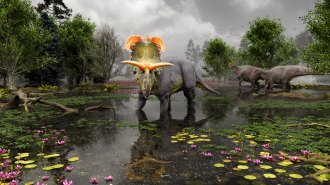 Paleontology
PaleontologyMeet Lokiceratops, a newly discovered species of horned dinosaur
Found in Montana’s badlands, Lokiceratops had two large, bladelike horns jutting forward and out from between its eyes.
-
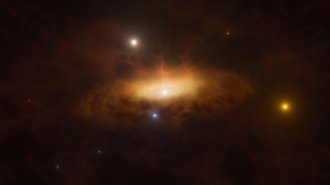 Space
SpaceAstronomers watch a supermassive black hole turn on for the first time
A galaxy transitioned from being dim and quiet to bright and active, giving astronomers insight into active galactic nuclei.
By Adam Mann -
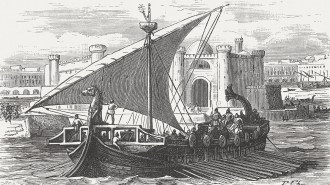 Science & Society
Science & Society‘After 1177 B.C.’ describes how societies fared when the Bronze Age ended
Archaeologist Eric H. Cline’s new book reconstructs ancient examples of societal resilience and fragility that have modern-day relevance.
By Bruce Bower -
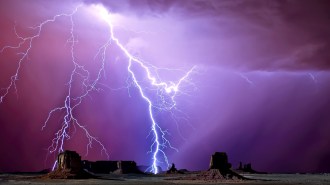 Earth
Earth50 years ago, the sun’s influence on Earth’s lightning was revealed
The solar wind and sunspots seem to give lightning a boost. But exactly how solar activity stimulates strikes is an enduring mystery.
-
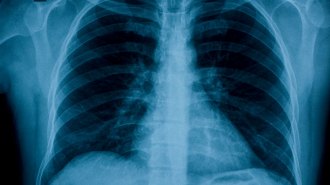 Health & Medicine
Health & MedicineAI could take medical imaging to the next level
Artificial intelligence in medical imaging is taking off. Experts share what they see as the promise — and potential pitfalls — of AI technology.
By Meghan Rosen -
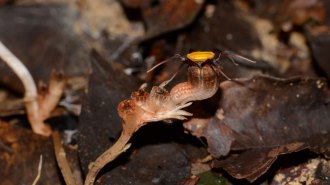 Plants
PlantsThis tentacled, parasitic ‘fairy lantern’ plant is new to science
The bizarre new plant from Malaysia parasitizes subterranean fungi and only briefly erupts from the soil to flower.
By Jake Buehler -

Celebrating the second law of thermodynamics
Editor in chief Nancy Shute talks about the history and enduring mysteries of the second law of thermodynamics.
By Nancy Shute -

-
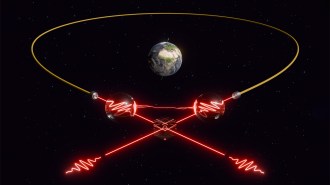 Quantum Physics
Quantum PhysicsPhysicists measured Earth’s rotation using quantum entanglement
The experiment is a step toward testing how quantum physics interfaces with gravity.
-
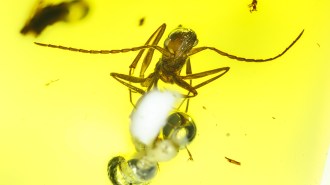 Paleontology
PaleontologyEarly ants may have had complex social lives, fossil data suggests
The earliest ants may have been primed for a highly social life — 100 million years ago, the insects had antennae tuned to key communication functions.
By Jake Buehler -
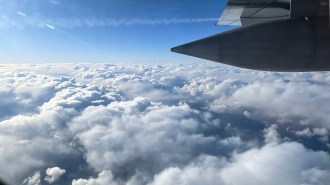 Climate
ClimateThe Arctic is warming rapidly. These clouds may hold clues as to why
Climate simulations can’t fully handle towering Arctic thunderclouds. So scientists have been flying a C-130 into and around the clouds to learn more.
-
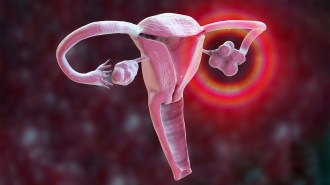 Health & Medicine
Health & MedicineA malaria drug could be used to treat PCOS, a common hormone disorder
Artemisinin is known to be effective against malaria, lupus, cancer and now possibly polycystic ovarian syndrome.